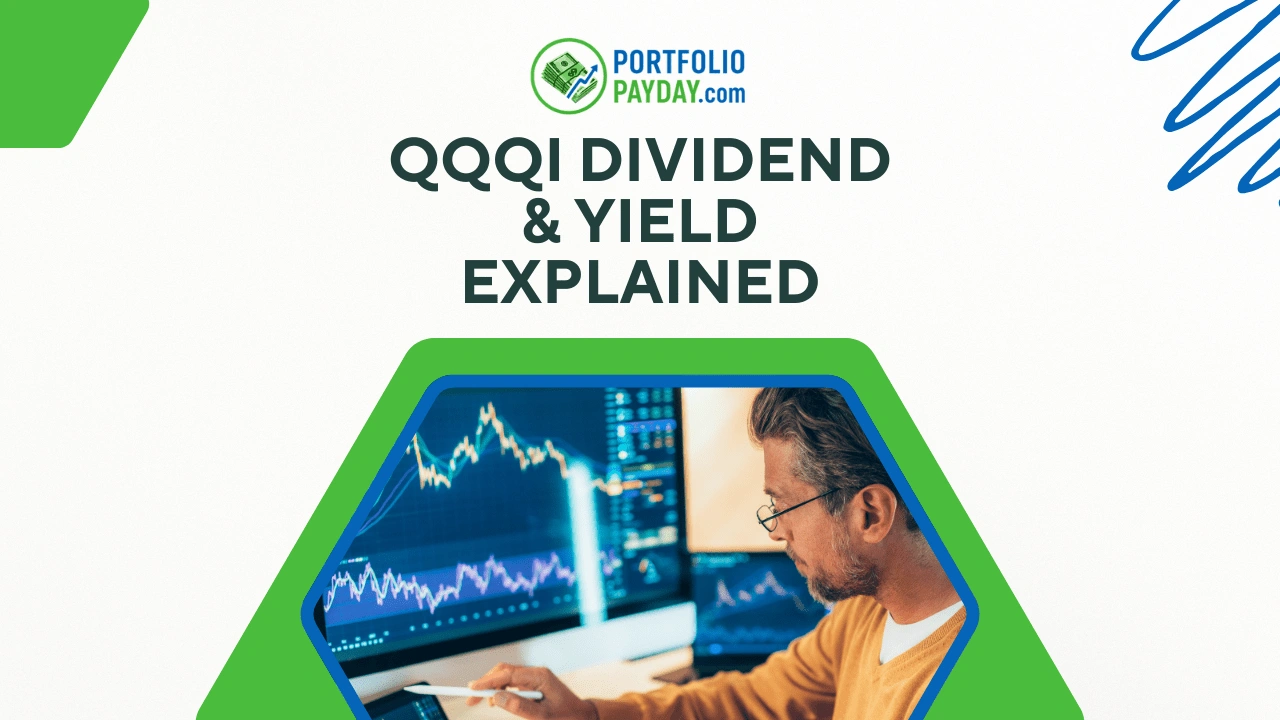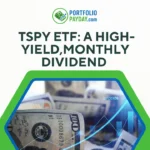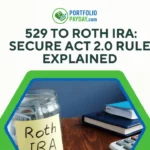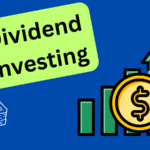Disclaimer: The following is for informational purposes only and not financial advice. Always do your own due diligence. I am not a licensed advisor.
The Story Behind the QQQI Dividend Yield
It started as a quiet experiment in the crowded world of income-focused ETFs. Just 15 months old, the NEOS NASDAQ 100 High Income ETF—known simply as QQQI—wasn’t expected to shake the market. Yet, in little time, it captured over $1.7 billion in assets and even won the award for Best New Active ETF from ETF.com.
But the real buzz? Its dividend yield—hovering around 14%—and the remarkable consistency of those payouts. For income investors weary of roller-coaster distributions, QQQI arrived like a steady hand in a volatile space.
Why Investors Look at QQQI for Income
Most covered call ETFs promise income. They sell options, collect premiums, and share them with investors as dividends. But not all funds are created equal. Many swing wildly from month to month.
QQQI, however, tells a different story. Instead of chaotic peaks and valleys, its dividend payouts have remained strikingly stable. This matters for anyone depending on a consistent monthly income—retirees, part-timers, or even younger investors seeking reliable cash flow.
When compared to peers like JEPI or QYLD, QQQI’s smoother track record stands out. Investors know what to expect, and in the world of high-yield ETFs, predictability is rare.
What Makes the QQQI Dividend Yield Unique?
At its core, QQQI dividend yield comes from a strategy built on two pillars:
- NASDAQ 100 Exposure: By holding names like Apple, Nvidia, and Microsoft, the fund ties itself to some of the strongest companies in tech. This alone adds long-term credibility.
- Data-Driven Covered Call Strategy: Instead of selling options on the entire portfolio, QQQI covers about 75–90% of its holdings. That leaves 10–25% uncovered, giving it room to capture upside in bull markets.
The result is a careful balance—monthly income without entirely shutting the door on growth.
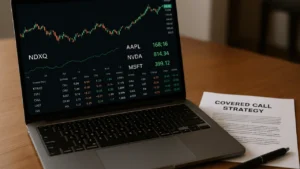
The Tax Efficiency Advantage
Income is good. Tax-efficient income is better.
Unlike some competitors, QQQI’s distributions often fall under Section 1256 contracts. These benefit from a favorable 60/40 tax split—60% long-term, 40% short-term. Plus, much of its payout is classified as return of capital, which lowers your cost basis rather than immediately raising your tax bill.
For U.S. investors, this means keeping more of that high dividend yield in their pockets—one reason QQQI has gained so much attention.
Comparing QQQI to Other High-Yield ETFs
Let’s be honest: QQQI isn’t the only high-yield option in town. Funds like SPYI (tracking the S&P 500) or QYLD (another Nasdaq-based covered call ETF) have been around longer. But QQQI has managed to outpace many of them in performance and dividend stability.
- QYLD pays high yields but suffers from long-term net asset value (NAV) decay.
- SPYI, run by the same managers as QQQI, is also stable but tied to the S&P 500.
- QQQI, in contrast, rides the tech-heavy Nasdaq and has already matched or outperformed peers in its short life.
This blend of high yield and NAV resilience explains why investors are moving toward QQQI.
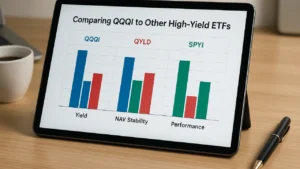
Risks You Shouldn’t Ignore
Of course, no story is complete without its shadows. QQQI does have risks:
- Expense Ratio: At 0.68%, fees are higher than plain index ETFs.
- Tech Concentration: Heavy exposure to the Nasdaq 100 means volatility when tech stumbles.
- Upside Cap: Selling calls generates income but limits runaway gains in a bull market.
Still, for income investors, these trade-offs may feel worth it—especially when compared to ETFs whose dividends swing like a pendulum.
A Practical Example: $10,000 in QQQI
Imagine investing $10,000 in QQQI. At a 14% dividend yield, that’s about $1,400 per year in distributions, or nearly $116 per month.
For retirees, that could cover groceries. For younger investors, it could buy more shares through DRIP (dividend reinvestment), compounding growth over time.
Why Stability Matters in Dividends
Investors often overlook the power of steady payouts. A 14% yield is attractive, but if it fluctuates wildly, it’s hard to rely on.
With QQQI, the dividend history so far shows only minor variations. Most payouts fall between $0.58 and $0.64 per share—tight enough to inspire confidence. Over the years, that kind of stability could build real trust and long-term loyalty. If you want to know about the in-depth information on monthly dividends, then check out our detailed article Top Monthly Dividend ETFs for 2025.

Should You Trust QQQI’s Dividend Yield?
The QQQI dividend yield is high, but what makes it shine is its consistency. For an ETF barely over a year old, it has already proven it can deliver steady monthly income while maintaining asset growth.
It won’t be the right fit for everyone—growth-focused investors may find it too restrictive. But for those who want predictable income, tax efficiency, and exposure to Nasdaq’s tech giants, QQQI tells a compelling story.
And in a world where dividends often rise and fall like the tides, stability may be the most valuable yield of all.
